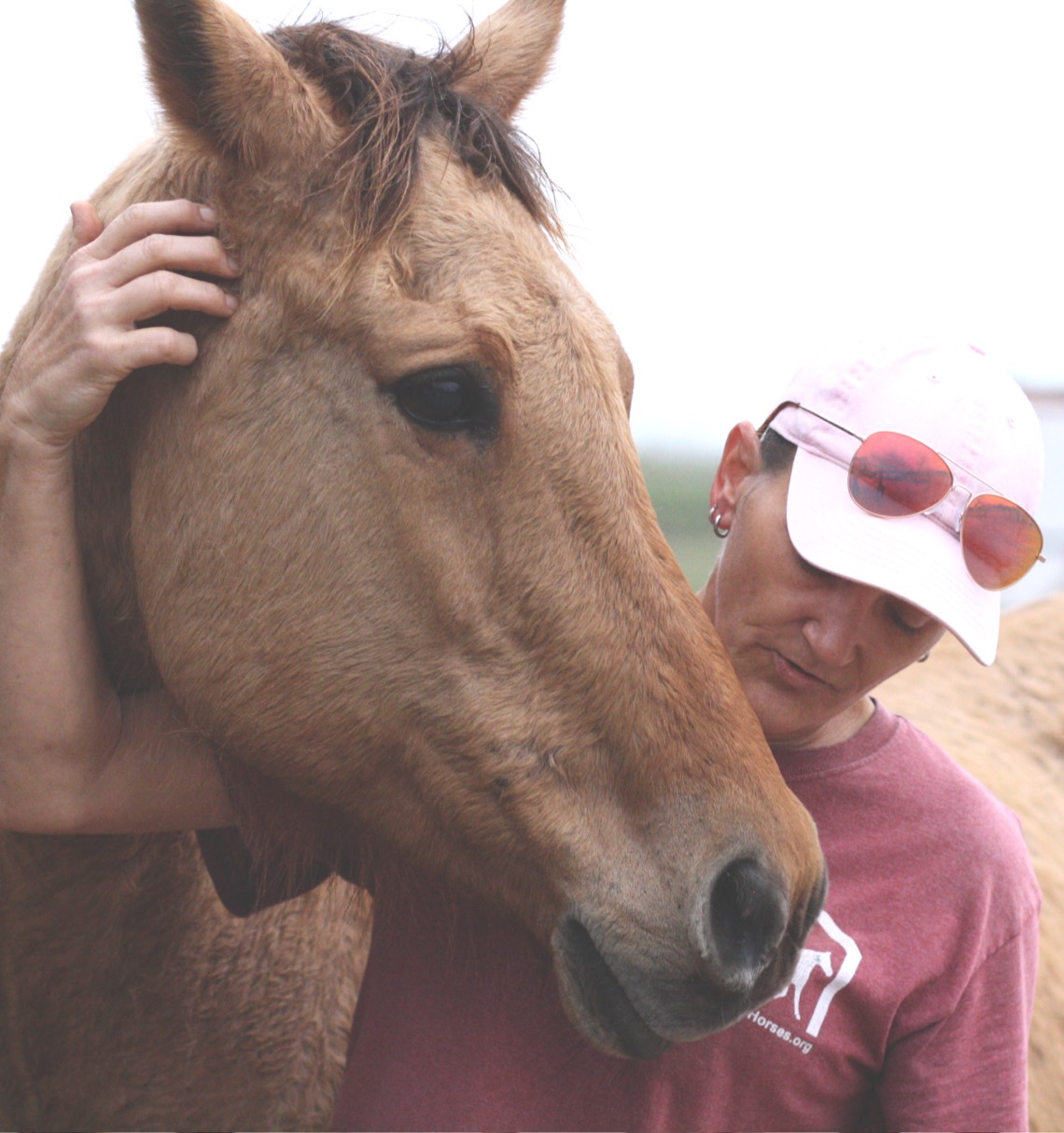Are Police Horses a Dying Breed?
On a typical day, a police horse can only do good for the reputation of a city’s police force. Horses are seen as noble, attractive, and approachable when compared ot the para-military units many urban police forces have become. ~ HfH
From: The Atlantic – Cities edition
By: Stephanie Garlock
Modern police departments offer their officers a wide array of ways to cruise around town. There are cops riding in standard squad cars of course, but also ones on motorcycles, electric scooters, bicycles, even dorky Segways. But nearly a century after motorized transport became standard for departments, across the country and around the world there are still police who get around in that most old-fashioned way: astride living-and-breathing horses.
In an era of increasing oversight and decreasing budgets, old-school mounted police programs face an uncertain future. When you factor in all the expenses for training, feeding, stabling, and outfitting, funding a single police horse is decidedly expensive. And horse units, usually deployed at large public events, perform poorly on typical accountability metrics like arrest rates. With so many more cost effective alternatives, mounted police have been forced to make the case that their units still belong.
Last month, Portland, Oregon, became the latest city to consider dropping its horse program. City Commissioner Steve Novick, hoping to redirect the $860,000 the city chips in annually to other budget concerns, had some harsh words for the department’s fleet: “The mounted patrol is largely ornamental.” He explained to his fellow commissioners, “The primary justification for the unit, as I understand it, is ‘crowd control.’ But marauding crowds have not seemed to be a major source of crime in Portland for quite some time.” In Waterloo, Ontario, budgetary concerns similarly led to the disbanding of its program. And in New York City, there are signs Mayor Bill de Blasio’s high-profile campaign against the city’s “inhumane” horse-drawn carriages could extend to the NYPD’s mounted unit.
Novick’s complaints are right on at least one count—maintaining even a small mounted unit is an expensive proposition. Though some departments are able to use donated horses, buying an animal able to deal with the stresses of police work can run $4,000 to $8,000, according to Los Angeles County Sheriff’s Sergeant Joseph Haertsch, who has served as the department’s equestrian supervisor for the last decade. Additional, specialized training that allows horses to work in crowded city situations, the places where they’re most useful, is essential but costly. “We’ll have helicopters hovering above their heads, shooting from horseback, having horses go through flare patterns,” Haertsch says. “It’s not natural for a horse to do that. They have to be trained to be able to do that. We need training for horses, for officers, and for the unit as a whole.”
In many cases, departments can defray costs by putting some of the onus on the officers who volunteer for the job. When Haertsch first joined L.A.’s mounted unit part-time in 1996, he had to buy his own horse, pay a monthly fee, and provide his own saddle and trailer. Though the department now provides the gear, deputies still have to help pay a horses’ stabling costs. “The department pays for the radio car,” Haertsch says, but not for a horse. “This is where it takes very dedicated individuals to do this job, because they have a lot of responsibility.”
All of these resources go to support units that are ordinarily quite small. The recently disbanded Waterloo force had just two horses and one full-time officer. In L.A. County, Haertsch says he oversees six full-time and 25 part-time officers out of a county-wide force of 10,000 sworn deputies.
But boosters of urban mounted units say these costs are worthwhile, even if this small group of officers don’t rake in the kind of crime-fighting stats that today’s law enforcement agencies have come to expect.

